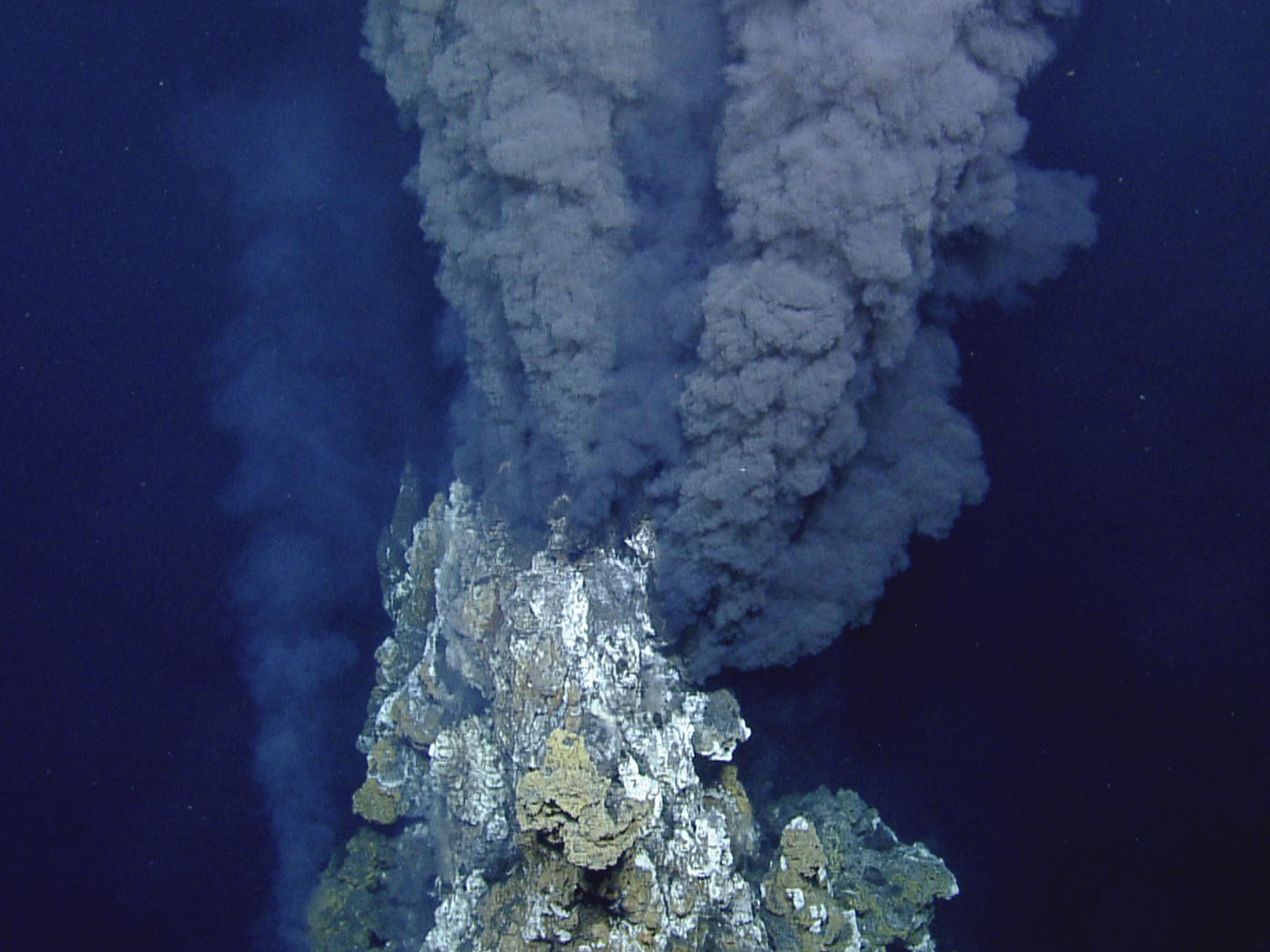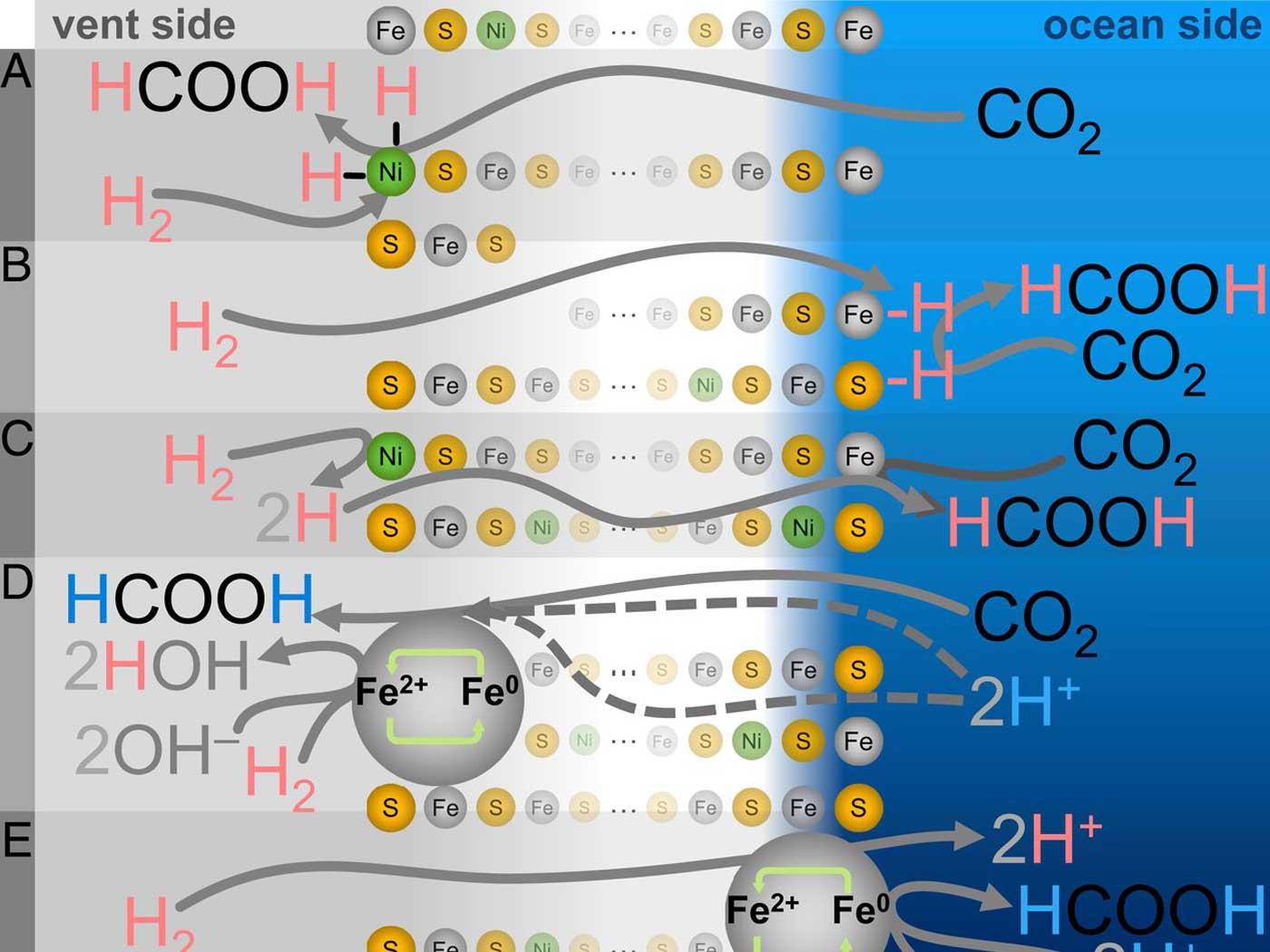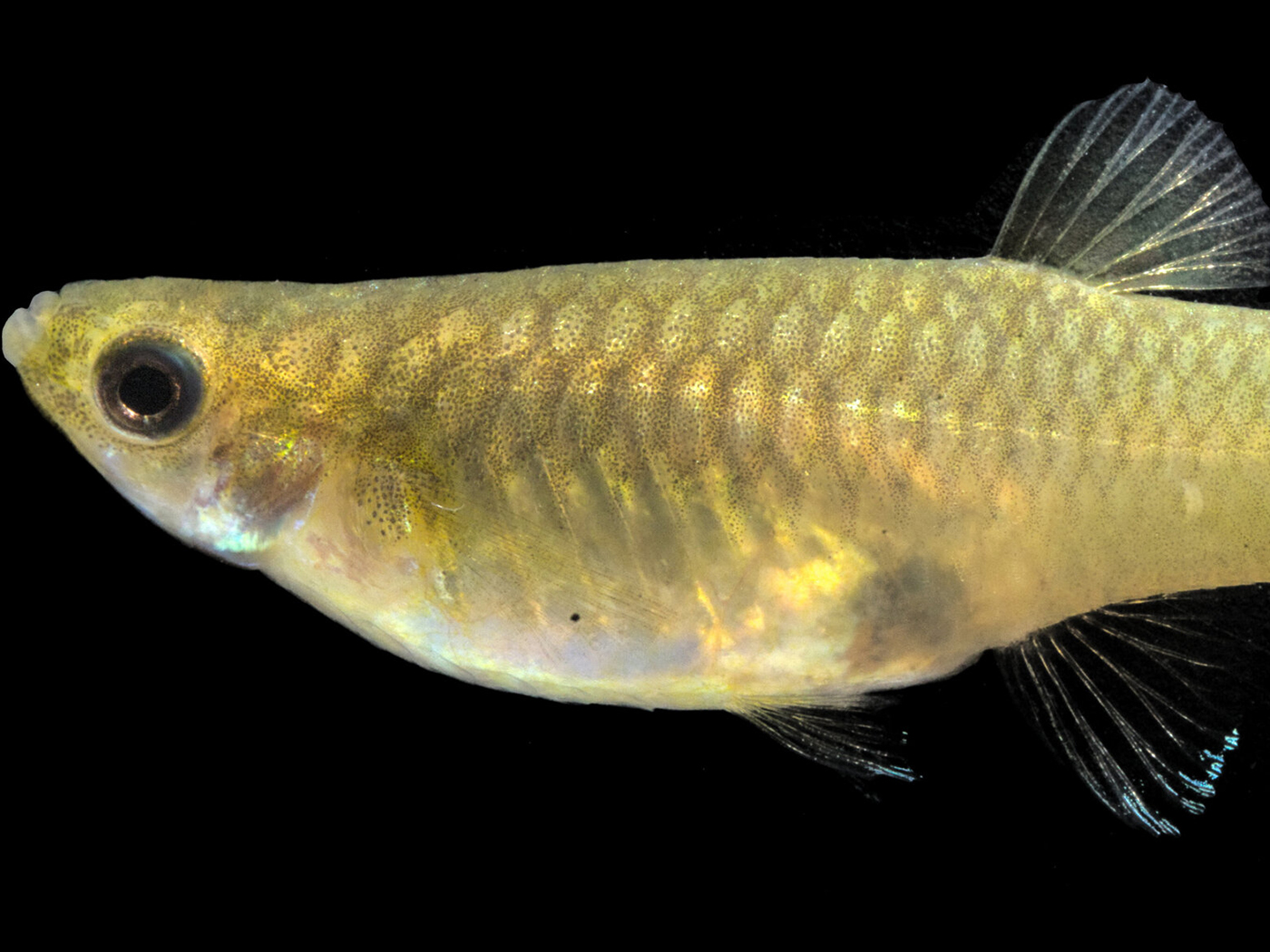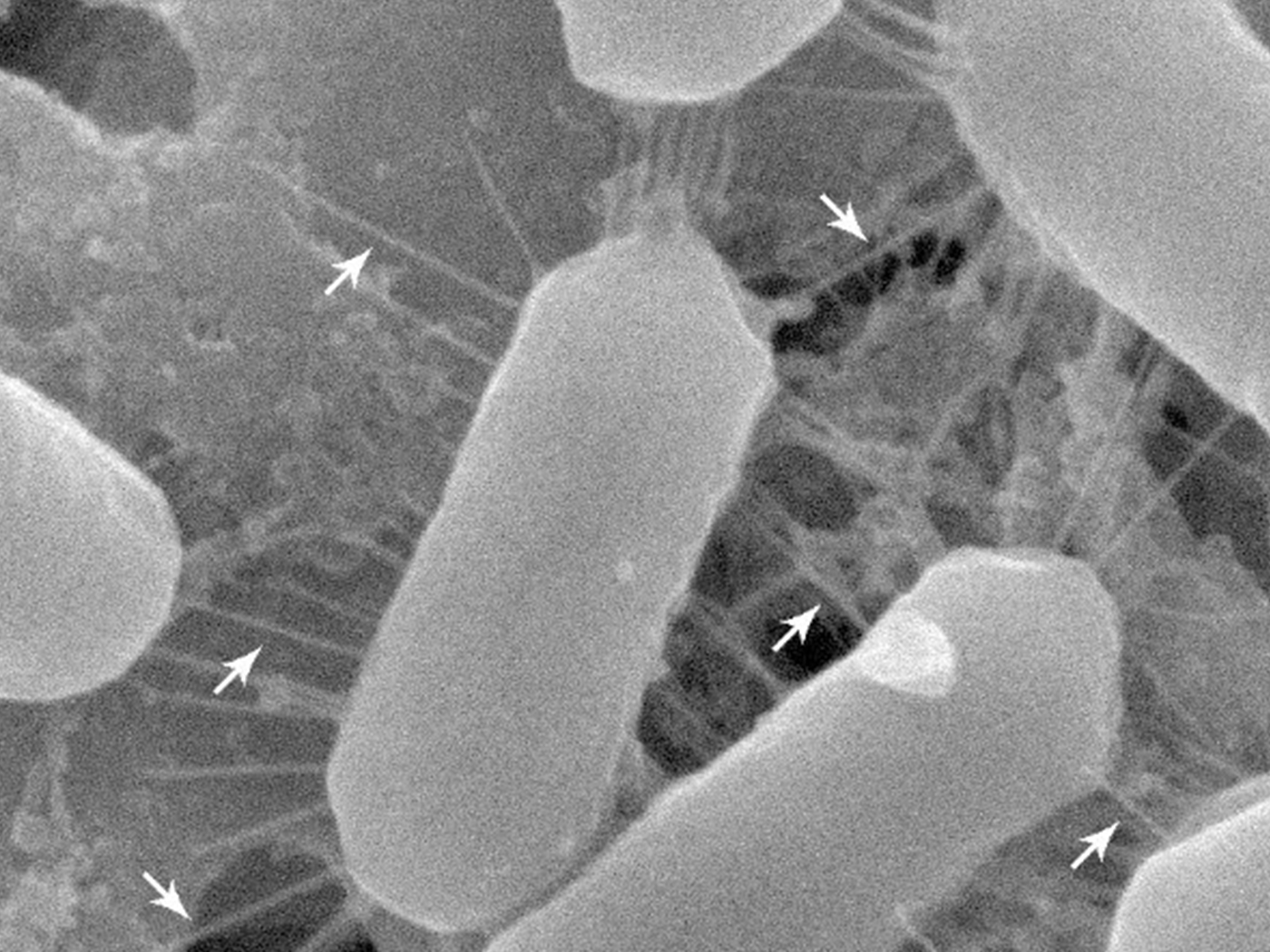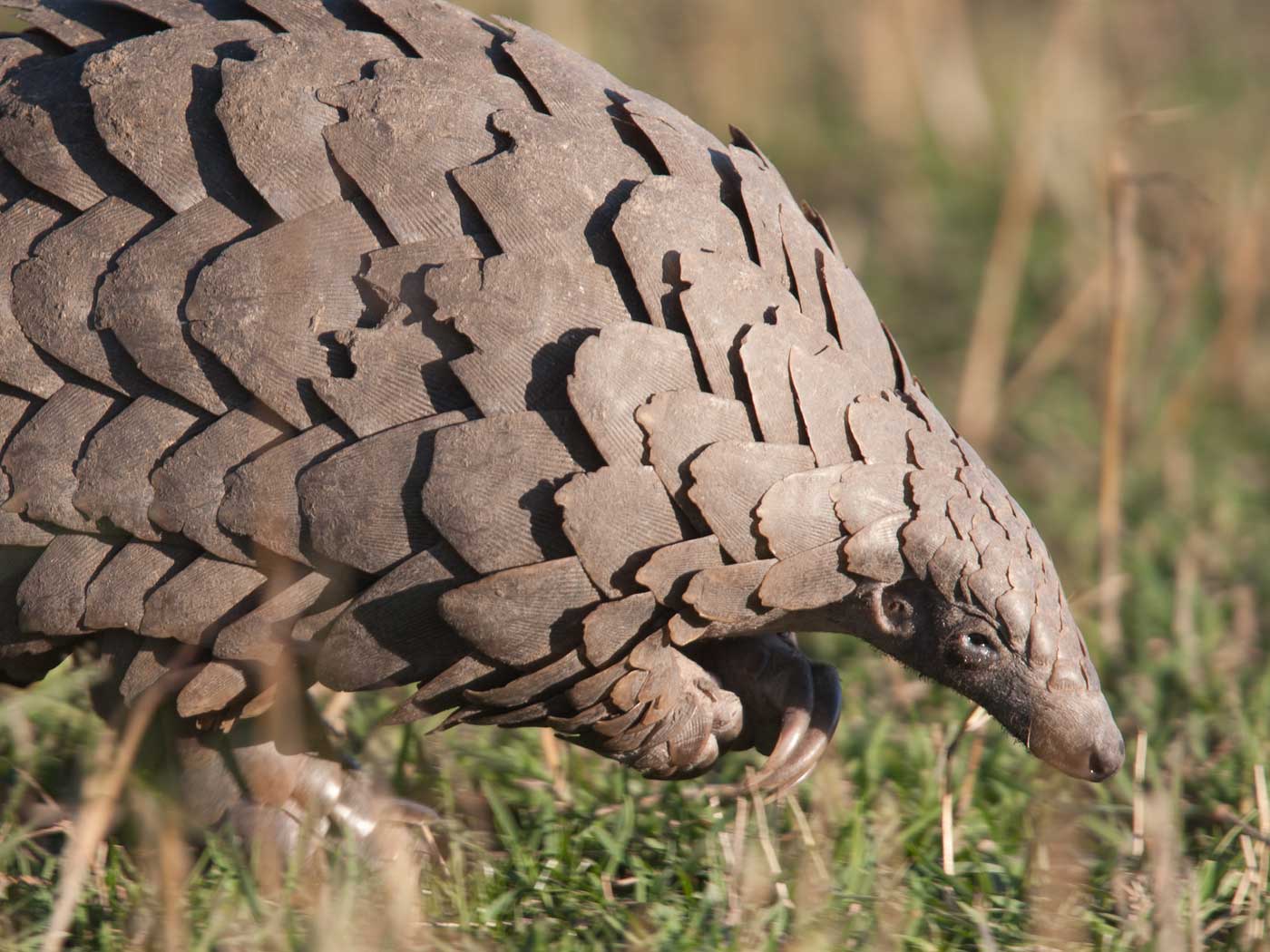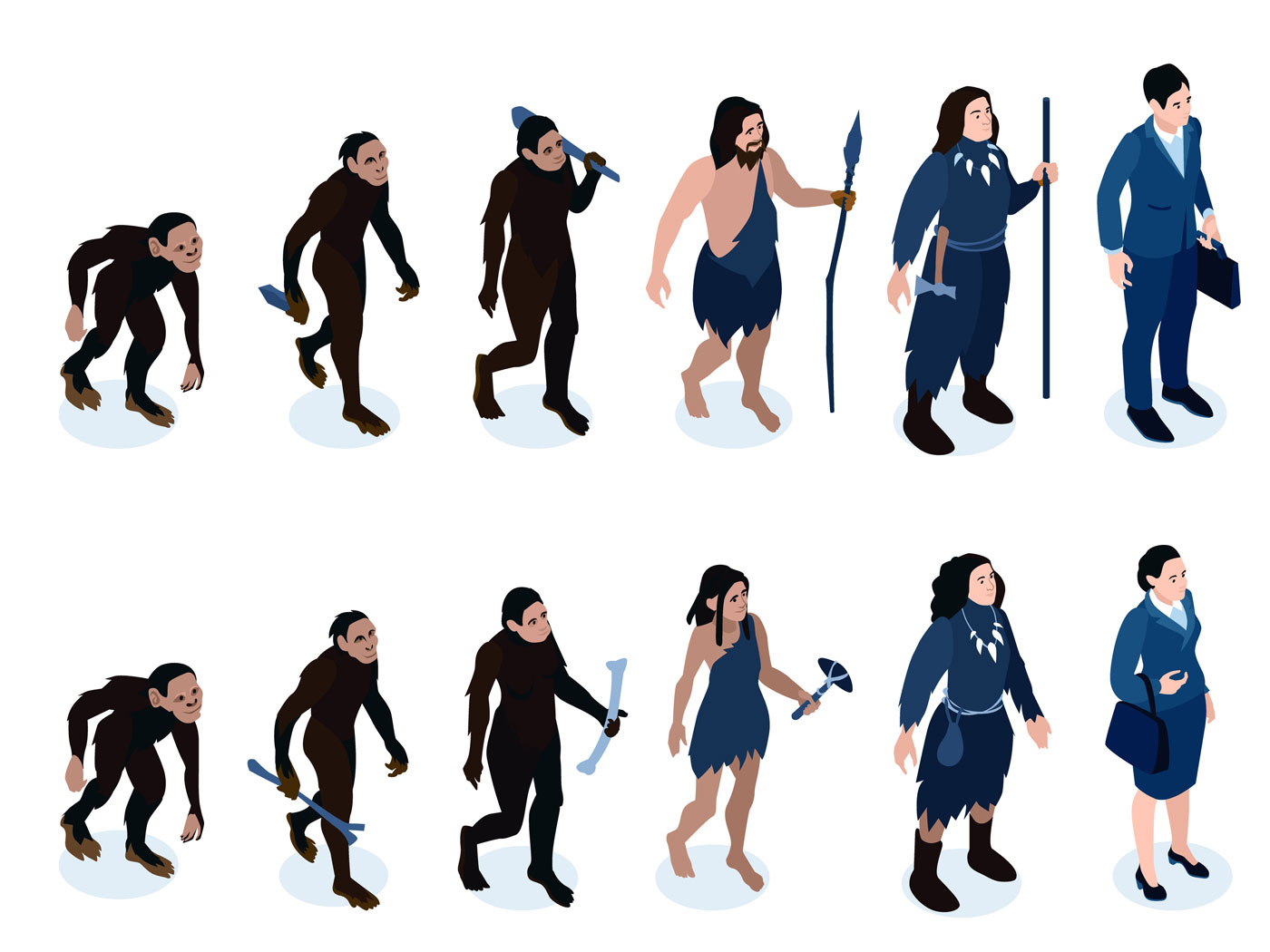Humans have the remarkable ability to inhabit high altitudes where living conditions are especially harsh and challenging. A new study in Genome Biology and Evolution has shown that specifically directed epigenetic modifications to various places in the genome are an important heritable adaptive mechanism in conferring this unique ability.1 These new results utterly refute the false Darwinian paradigm of natural selection—revealing innate systems of complex biological engineering that undergird high-altitude adaptation.
Humans have colonized an amazing array of challenging environments across the earth, from arid deserts to frozen tundra, tropical rainforests, and some of the highest mountain regions. Among these environs, high-altitude mountain living is one of the most challenging situations. Nevertheless, approximately 2% of the world’s people permanently inhabit high-altitude regions of over 2,500 meters (1.5 miles) above sea level.
In these places, oxygen is sparse, ultraviolet radiation is high, and temperatures are low. Examples of people groups that live at these extreme altitudes include native Andeans, Tibetans, Mongolians, and Ethiopians. Studies of Andeans and Tibetans have revealed an increase in chest circumference (associated with greater lung volume), elevated oxygen saturation, and a low hypoxic ventilatory response in contrast to lowlanders who travel to high altitudes and have an intense hypoxic ventilatory response to the lower levels of oxygen.1-2
For years, biologists have been trying to find a genetic component to this unique suite of adaptive high-altitude responses—but with only moderate success. Previous studies have shown a propensity for a few different gene variants to exist at higher frequencies in high-altitude populations, but nothing definitive has been found as to a significant and consistent heritable genetic mechanism that would explain the unique changes in physiology and anatomy. As one secular author stated, “The underlying mechanism for this remains poorly understood.”3
The new Genome Biology and Evolution study, however, has revealed for the first time an exciting feature of built-in adaptive design based on the broadening field of epigenetics research. While epigenetics is a diverse field of research, one popular sector within it studies the addition of methyl molecule tags that are strategically placed on cytosine bases throughout the DNA in and around genes to regulate their expression, a process known as methylation. These methyl tags do not change the DNA sequence itself but modify how the DNA is functionally utilized, resulting in a diversity of downstream changes in physiology and development. Furthermore, these methylation patterns can be inherited for several generations so that succeeding populations are automatically primed for the specific environment they will live in.
In this research, the authors compared the DNA methylation patterns of a specific people group of highland Quechua ancestry in the Andes region of South America. They included people who lived at high altitudes, those who lived at low altitudes, and those who migrated from low to high. First, the researchers discovered that many of these adaptive epigenetic modifications were associated with genes involved in red blood cell production, glucose metabolism, and skeletal muscle development. These are standard gene regions connected to high-altitude adaptation.
Second, they found that the whole process of epigenetic-based adaptation to high altitudes was triggered early during embryonic development so that children were born fully adapted with bigger lungs and other important needed traits. This phenomenon is known as developmental adaptation or adaptive plasticity. In other words, a huge array of developmental sensors detects key features of the environment and conveys data that are processed by specialized cellular machinery to modify the organism’s genome with strategically placed methyl tags. The methyl tags then properly control and guide the development of a high-altitude-adapted baby.
While evolutionists have traditionally regarded high-altitude adaptation in humans as evidence of natural selection, the new study exposes the complete futility of this Darwinian anti-design paradigm. Natural selection purports that nature has the volition and capability to select beneficial traits based on a set of DNA mutation options. In reality, the environment (nature) merely represents a set of parameters (temperature, oxygen content, etc.) that engineered living systems detect and track through elaborate sensors. These data are then processed through exceedingly complex internal systems that ultimately provide highly specified outputs and solutions resulting in adaptation.
This new study simply reiterates the obvious fact that we should be doing biology as if Charles Darwin and his anti-design imposter (natural selection) for God the Creator had never existed. Creatures adapt to diverse environments because they were fabulously designed and engineered by an omnipotent Creator—the Lord Jesus Christ.
References
1. Childebayeva A. et al. 2021. Genome-Wide Epigenetic Signatures of Adaptive Developmental Plasticity in the Andes. Genome Biology and Evolution. 13 (2): evaa239.
2. Thomas, B. Highlander Tibetans Show Adaptation, Not ‘Natural Selection.’ Creation Science Update. Posted on ICR.org July 15, 2010, accessed March 2, 2021.
3. McGrath, C. 2021. Highlight: The Epigenetics of Life at 12,000 ft. Genome Biology and Evolution 13 (2): evaa266.
*Dr. Tomkins is Director of Research at the Institute for Creation Research and earned his doctorate in genetics from Clemson University.
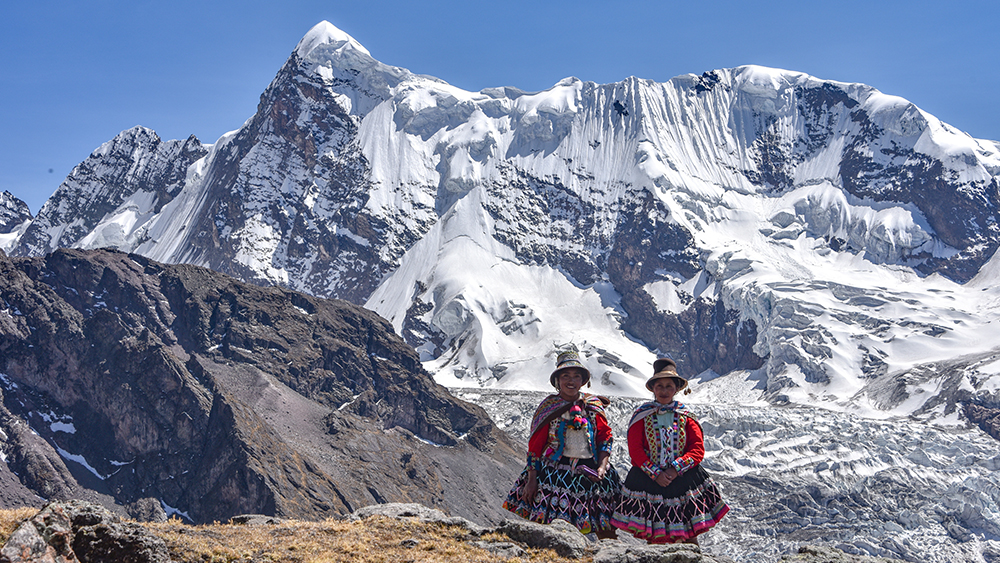
Human High-Altitude Habitation Reveals Adaptive Design
The Latest
CREATION PODCAST
Four Moons That Indicate a Young Universe | The Creation Podcast:...
Earth has one moon, but Jupiter has many! What can we learn from our celestial neighbor's satellites? Do they indicate youth?
Host...
Creation Kids: Seeds and Sprouts
by Renée Dusseau and Susan Windsor*
You're never too young to be a creation scientist and explore our Creator's world. Kids, discover...
APOLOGETICS
Christ’s Creativity in Canyon Critters
Grand Canyon animals display many marvelous traits and behaviors as they live life in that harsh habitat. These canyon creatures succeed thanks to the...
Standing Against False Science
I’m Michael Stamp, and I’m in my 12th year as an editor at the Institute for Creation Research. It’s always an encouragement to see...
Oysters and Pre-Flood Longevity
The oyster species Crassostrea virginica, also known as the eastern oyster, is a prized seafood. Research has demonstrated that a fossil version of...
Galápagos Finches: A Case Study in Evolution or Adaptive Engineering?
A group of birds known as Darwin’s finches live in the Galápagos Islands, which are located in the Pacific Ocean 600 miles west of Ecuador....
Hot Springs National Park: Hydrothermal Springs Formed By The...
Hot Springs National Park is located about an hour southwest of Little Rock in the folded Ouachita Mountains of central Arkansas. It is the second smallest...
Why Biology Needs A Theory of Biological Design—Part 2
“Based on a true story” is included by movie producers to add authenticity, importance, and a flair of anticipation. So, my account of how...
Marine Fossil Tapeworm Is Still a Tapeworm
The Flood was both sudden and rapid. The burial of creatures—including delicate plants and soft-bodied animals like jellyfish1—occasionally...
CREATION.LIVE PODCAST
Ask, Seek, and Find with Dr. Brown | Creation.Live Podcast: Episode...
What is truth? Is truth absolute? Is it malleable as sensibilities and cultures shift?
Hosts Trey and Lauren are joined by Dr. Michael Brown to discuss...






